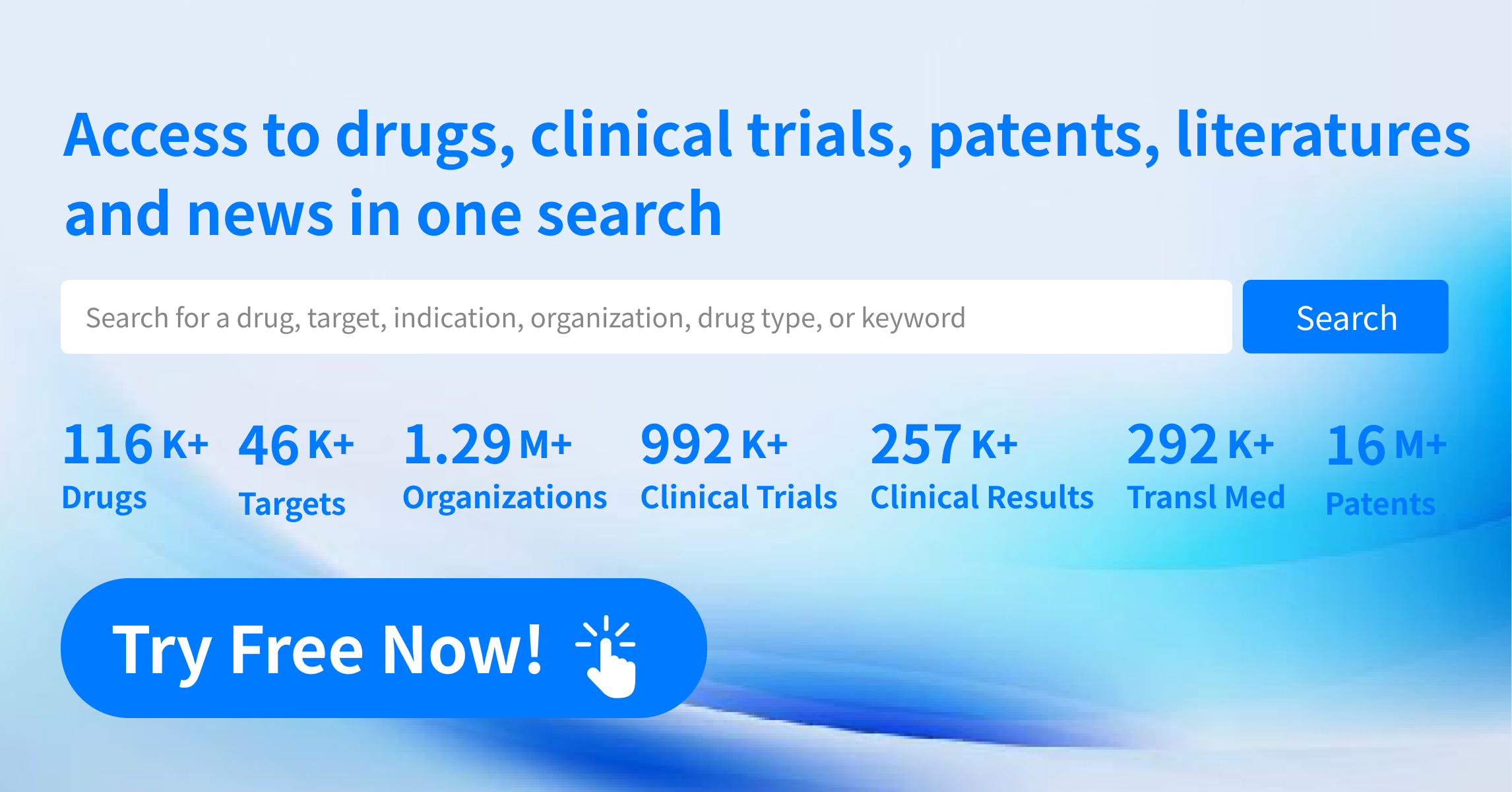Novartis Phase III Data Shows Proteinuria Reduction in IgA Nephropathy
Novartis has announced significant interim results from the Phase III ALIGN study evaluating the efficacy of atrasentan, an investigational selective endothelin A (ETA) receptor antagonist, in patients with IgA Nephropathy (IgAN). The study showed that patients treated with atrasentan, in addition to the standard supportive care involving renin-angiotensin system (RAS) inhibitors, experienced a noteworthy 36.1% reduction in proteinuria compared to those receiving a placebo and supportive care. The findings were presented at the European Renal Association (ERA) Congress.
Why Proteinuria Matters
Proteinuria, or the presence of excess protein in urine, is an important indicator of kidney health. Elevated proteinuria levels are associated with the progression of kidney diseases like IgAN. Therefore, reducing proteinuria is considered a critical therapeutic goal. Atrasentan's ability to significantly decrease proteinuria levels presents a promising advancement in treating IgAN.
Study Details and Insights
The ALIGN study is a double-blind, placebo-controlled trial involving 340 patients with biopsy-proven IgAN who exhibit persistent proteinuria despite optimized RAS inhibitor treatment. Participants were randomized to receive either atrasentan or a placebo over a period of approximately 2.5 years. The primary endpoint of the study was to measure the change in proteinuria levels from baseline to 36 weeks. Secondary and exploratory objectives include assessing changes in kidney function by measuring the estimated glomerular filtration rate (eGFR) over 136 weeks.
Additionally, the study enrolled 64 participants who were already on a stable dose of sodium-glucose co-transporter-2 (SGLT2) inhibitors for at least 12 weeks to explore further therapeutic possibilities.
Atrasentan’s Mechanism and Potential
Atrasentan works by selectively blocking the ETA receptor, which is implicated in the development of proteinuria and subsequent kidney damage. This mechanism makes atrasentan a potent candidate for not only reducing proteinuria but also potentially preserving kidney function across a broad patient demographic. Preclinical studies suggest that atrasentan may also mitigate inflammation and fibrosis, further supporting its potential benefits in kidney health.
Patient and Expert Perspectives
Bonnie Schneider, Co-Founder of the IgAN Foundation, emphasized the profound emotional and physical impact of IgAN on patients and their families. She expressed optimism about atrasentan’s promising results and the ongoing research into new treatments, which brings hope for more personalized and effective therapeutic options.
Clinical experts also share this optimism. Professor Hiddo Heerspink, a leading figure in clinical pharmacology, noted the significance of atrasentan’s role in managing IgAN, particularly for patients with persistent proteinuria, who are at a higher risk of progressing to kidney failure.
Future Directions
The ALIGN study remains ongoing, with final results expected in 2026. These results will include data on secondary endpoints such as changes in eGFR and outcomes from the SGLT2 inhibitor cohort. The continued analysis aims to provide a comprehensive understanding of atrasentan’s long-term efficacy and safety.
Novartis remains committed to advancing treatments for rare kidney diseases. Their exploration of atrasentan and other innovative therapies reflects a broader strategy to address unmet needs in conditions like IgAN, C3 glomerulopathy (C3G), and atypical hemolytic uremic syndrome (aHUS).
Conclusion
The interim results from the ALIGN study highlight atrasentan’s potential as a groundbreaking treatment for IgAN. By significantly reducing proteinuria and possibly preserving kidney function, atrasentan could transform the management of this complex disease. Novartis continues to pioneer research in nephrology, aiming to provide effective, targeted therapies that improve patient outcomes.
How to obtain the latest research advancements in the field of biopharmaceuticals?
In the Synapse database, you can keep abreast of the latest research and development advances in drugs, targets, indications, organizations, etc., anywhere and anytime, on a daily or weekly basis. Click on the image below to embark on a brand new journey of drug discovery!
